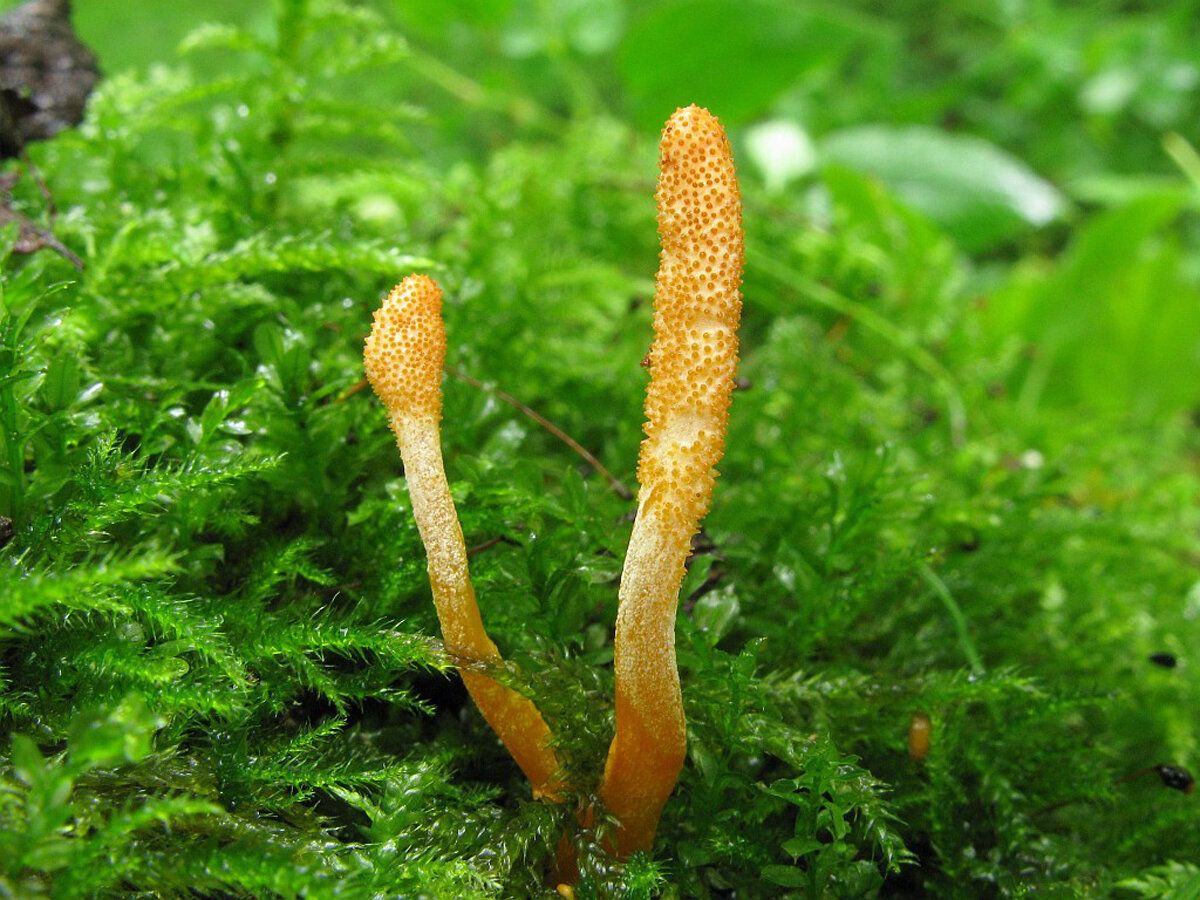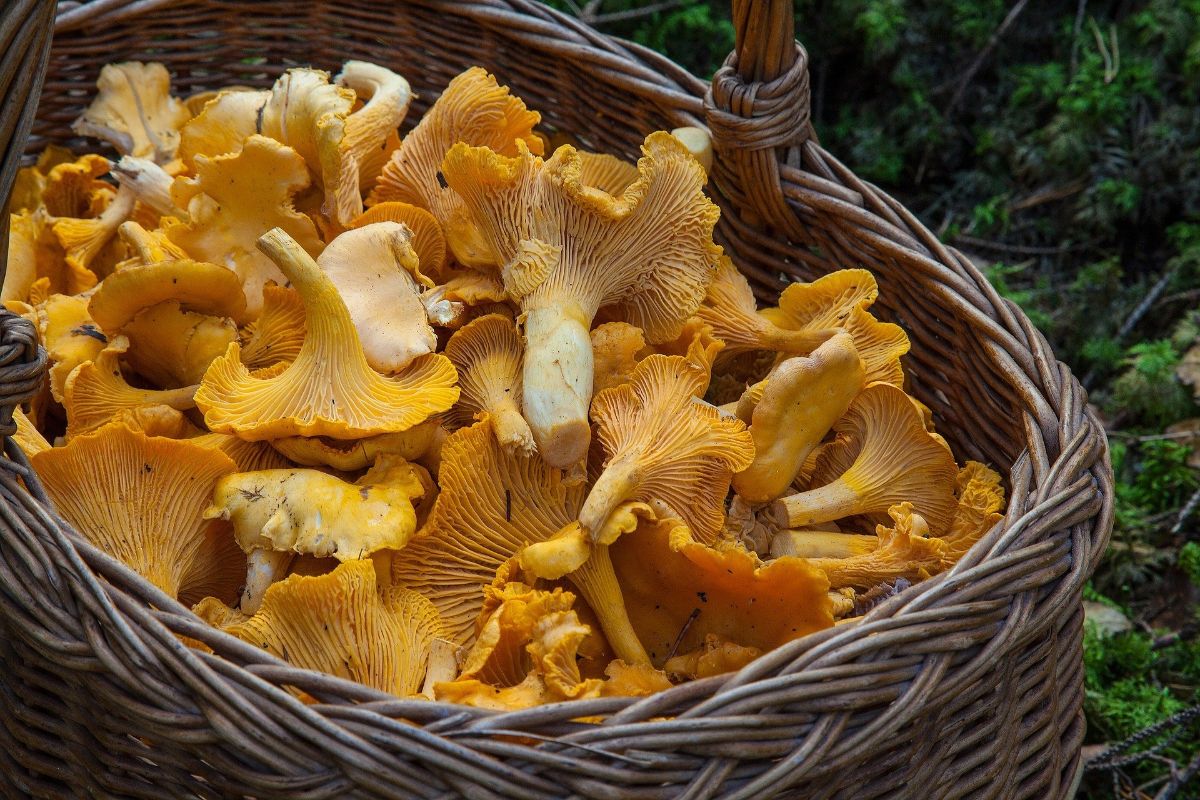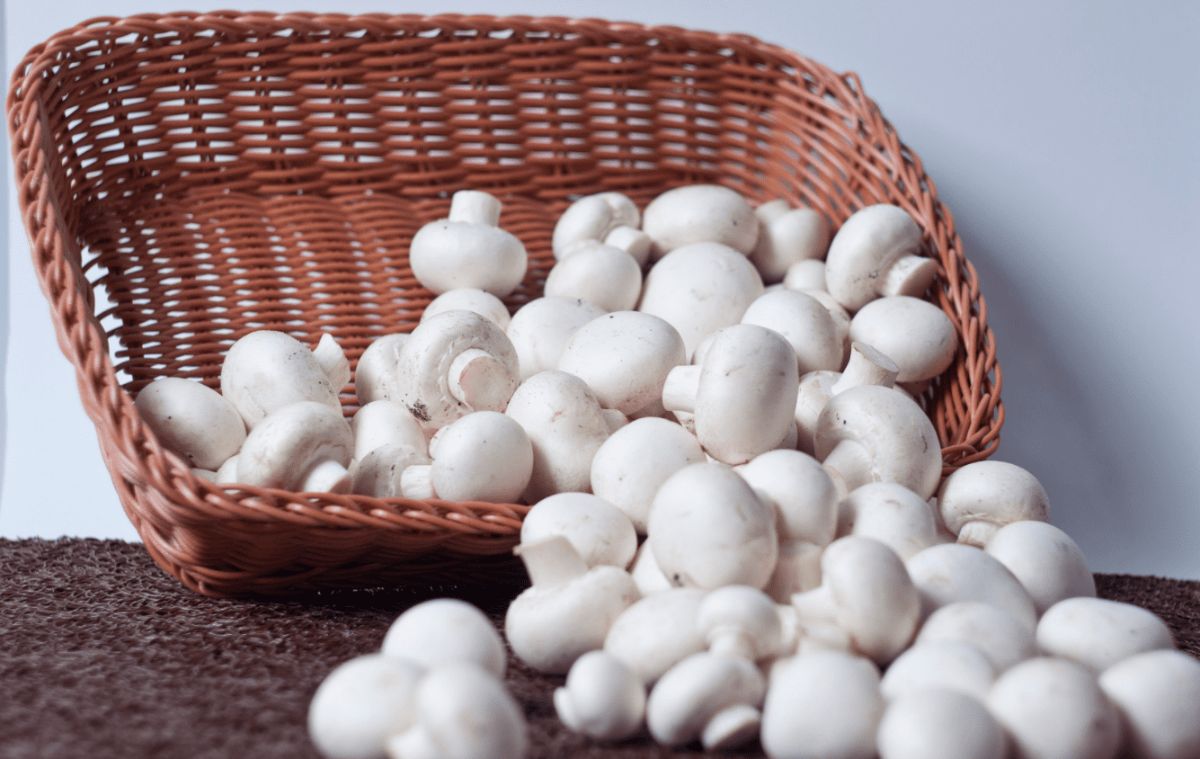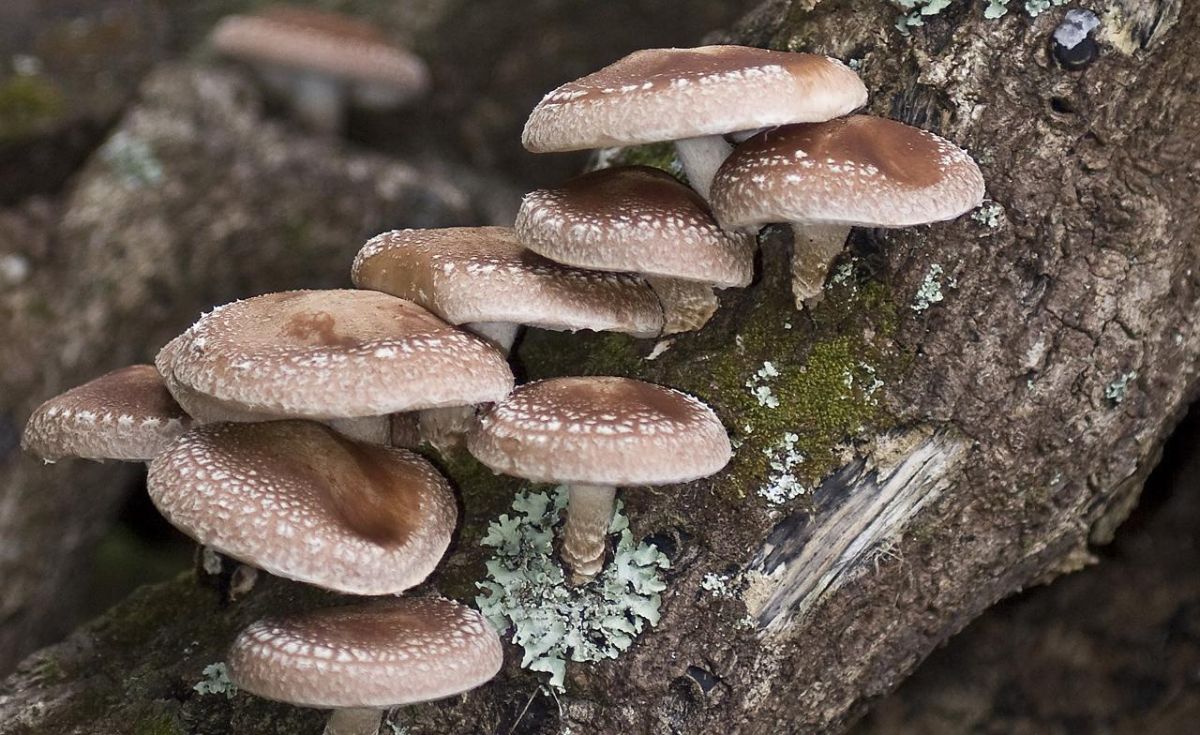5 beneficial properties of truffle mushrooms for health (based on science)
Truffles are edible mushrooms that are considered a valuable delicacy all over the world. They should not be confused with the chocolate confectionery of the same name.
Mushrooms not only have a special aroma and taste, but also contain a variety of nutrients.
Modern science has been able to discover many useful properties of truffles. They are able to prevent the appearance of malignant tumors and a number of other diseases of an infectious or non-infectious nature.
What kind of mushrooms are these?
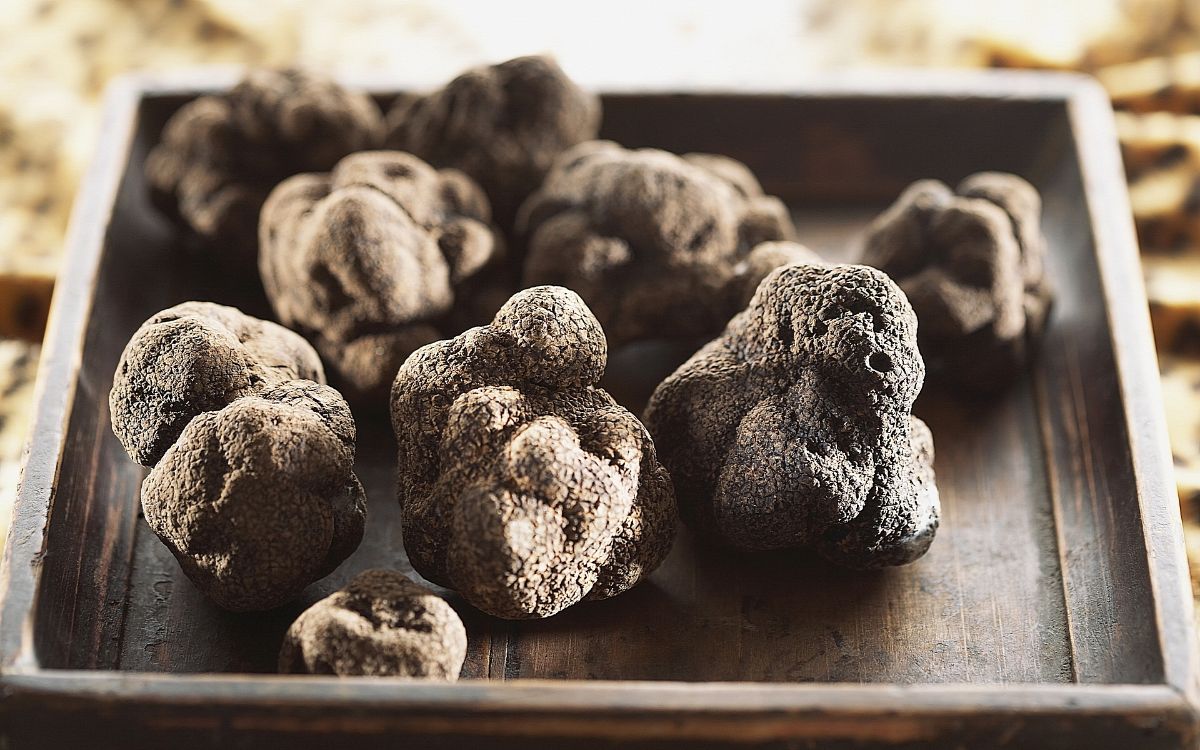
Truffle is a genus of valuable fleshy mushrooms with massive underground tubers.
These fungi grow mainly in deciduous forests and form mycorrhiza with the roots of trees – a special network that weaves around the tree. Truffles grow next to trees such as oak, beech, hornbeam, linden, birch, poplar, hawthorn, rowan and hazel.
Truffles are edible mushrooms. They have a special refined taste, combining notes of toasted sunflower seeds and walnuts. There are several dozen varieties of truffles, but the most popular are: Lerigorsky, Piemontsky and winter. In Russia, you can find only one species – summer.
Because of the taste, unusual for most mushrooms, as well as the peculiarities of growing and growing in a "wild" environment, truffles are considered a delicacy and have a high cost (the price for 1 kg of black truffles is around $ 2,500, white truffles can reach up to $ 10,000).
5 useful properties
Let's take a closer look at 5 facts about the benefits of truffles, which are scientifically confirmed.
1. Have a rich composition
 Truffles are rich fiber
(5.5 grams per 100 grams), proteins with essential amino acids (6 grams per 100 grams) and have a low calorie content (about 51 calories per 100 grams).
Truffles are rich fiber
(5.5 grams per 100 grams), proteins with essential amino acids (6 grams per 100 grams) and have a low calorie content (about 51 calories per 100 grams).
In the composition present the mass of saturated and unsaturated fatty acids, vitamins (especially C and group B) and minerals (mainly phosphorus, calcium, iron, magnesium and manganese).
The volume of biologically active substances varies depending on the type of mushroom. For example, white truffles contain more protein and dietary fiber, while black truffles contain more fat.
2. They have an antioxidant effect
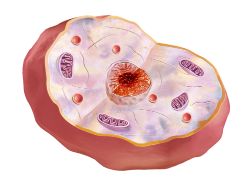 Truffle is a valuable source of antioxidants that protect the body's cells from malignant degeneration and prevent the development of chronic diseases.
Truffle is a valuable source of antioxidants that protect the body's cells from malignant degeneration and prevent the development of chronic diseases.
According to the information Chinese scientists, the main antioxidant substances of truffle are: vitamin C, lipokine, gallic and homogeneticic acids.
American Studies demonstrate that these components can reduce the likelihood of developing cancer, as well as diseases from the cardiovascular (coronary heart disease, hypertension) and endocrine (type II diabetes mellitus) systems.
Serbian specialists underline that the antioxidant profile of both white and black truffles is similar. Both types of fungi are equally effective in suppressing chronic inflammation and free radical mechanisms.
However, the studies described above have examined the benefits of mushroom extract. The effect of fresh or heat-treated truffles has not been studied.
3. They kill harmful bacteria
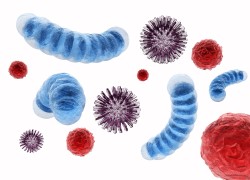 Truffles have been found to have antimicrobial effects.
Truffles have been found to have antimicrobial effects.
At the moment, the activity of fungi against the following microorganisms has been proven:
These types of pathogens are capable of infecting almost any human tissue and are characterized by increased resistance to antibacterial drugs.
The inclusion of truffles in the diet reduces the risk of infectious and inflammatory pathologies caused by these microorganisms.
4. Fight against malignant neoplasms
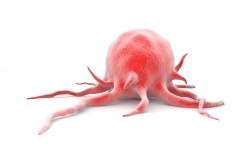 Truffles are considered to be an effective anti–cancer remedy.
Truffles are considered to be an effective anti–cancer remedy.
Has been proven at the moment ( 1 , 2 ) the effectiveness of the use of mushrooms in relation to the malignant degeneration of cells of the following organs:
- Mammary glands in women;
- Liver;
- Lungs;
- Of the large intestine;
- Rectum;
- Cervix.
Truffles not only prevent the development of cancerous tumors, but are also able to inhibit the growth and reproduction of malignant cells, reduce the risk of distant foci of metastatic growth.
5. They have an anti-inflammatory effect
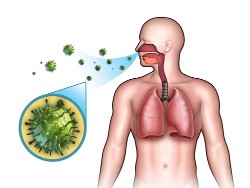 Inflammation is a protective reaction of the body aimed at protecting against pathogens of infectious diseases and various pathologies.
Inflammation is a protective reaction of the body aimed at protecting against pathogens of infectious diseases and various pathologies.
However, chronic inflammation is one of the leading reasons the formation of autoimmune and chronic diseases.
Fungi block the production of specific enzymes involved in the development of the inflammatory process – cyclooxygenases 1 and 2, as well as tumor necrosis factor alpha and interleukins 1 and 6.
Serbian scientists assume that truffles reduce the activity of chronic inflammation, and are also effective in reducing the severity of symptoms of acute diseases accompanied by pain and swelling of tissues (for example, arthritis).
Possible harm
 Truffles have been well studied "in vitro" and through animal experiments. Not enough human studies have been conducted to accurately present a picture of possible harm to human health.
Truffles have been well studied "in vitro" and through animal experiments. Not enough human studies have been conducted to accurately present a picture of possible harm to human health.
The most common side effects of mushrooms are:
- Dyspeptic disorders. Develop for two reasons: due to irritation of the mucous membranes of the gastrointestinal tract, as well as due to abundance of fiber (when consuming large volumes of truffles). They manifest themselves in various ways: diarrhea or constipation, nausea and vomiting, bloating and pain in the lower abdomen.
- Poisoning. Truffles "absorb" all harmful substances from the atmospheric air and soil. It is recommended to carefully study the growing conditions of mushrooms before use.
- Allergic reactions. Are caused by the increased sensitivity of the body to individual proteins of fungi. They can manifest themselves in different ways.
The effect of truffle on the condition of the fetus during pregnancy has not been studied in any of the studies.
Ways of using
Modern truffles are widely available to the public. It is not necessary to visit expensive restaurants to enjoy their taste and aroma. Artificially grown mushrooms are sold in many stores and on the Internet.
Due to the high cost, the mushroom is not consumed in its pure form and, in most cases, is included in various dishes. Truffles can be salted, boiled and fried. Mushrooms are usually boiled in white wine or champagne.
Truffles are usually served with pasta, meat dishes or seafood, rice. They are perfectly combined with cream and wine sauces.
Conclusion
- Thus, truffles are delicious and fragrant, but expensive mushrooms. They are rich in nutrients and have a number of proven healing properties.
- They have antibacterial, anti-inflammatory, anti-cancer effects.
- When they are used, malignant tumors and chronic diseases from the cardiovascular and endocrine systems are less common.
